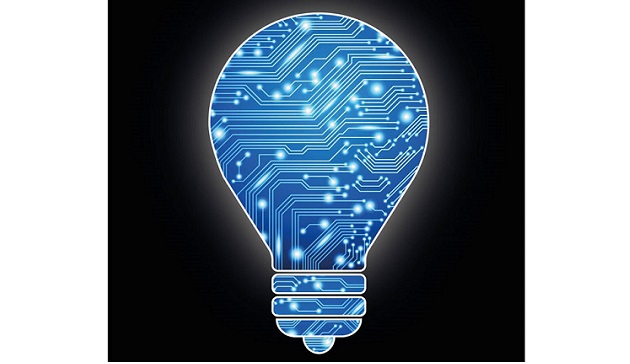A machine learning algorithm developed at the University of Houston was able to predict the properties of more than 100,000 compounds and determine those most likely to be efficient phosphors for LED lighting. When the researchers synthesized and tested one of the compounds predicted computationally, sodium-barium-borate, they found that it offered 95 percent efficiency and outstanding thermal stability.
Although the light produced by the sodium-barium-borate compound was too blue to be commercially desirable, the researchers were not discouraged. They said that they could now use the machine learning algorithm to find a luminescent material that emits in a wavelength that would be useful.
“Our goal is to make LED lightbulbs not only more efficient but also improve their color quality, while reducing the cost,” said Professor Jakoah Brgoch.
The project started with a list of 118,287 possible inorganic phosphor compounds from the Pearson’s Crystal Structure Database. Machine learning was used to quickly scan the compounds for key attributes, including Debye temperature and chemical compatibility.
The algorithm whittled the list to just over 2000 compounds. Within 30 seconds, it singled out about two dozen promising materials from this list. Without the machine learning algorithm, this process would have taken weeks, said the researchers.
Brgoch said the project offers strong evidence of the value that machine learning can bring to the development of high-performance materials, a field traditionally guided by trial-and-error and empirical rules.
“It tells us where we should be looking and directs our synthetic efforts,” he said.








